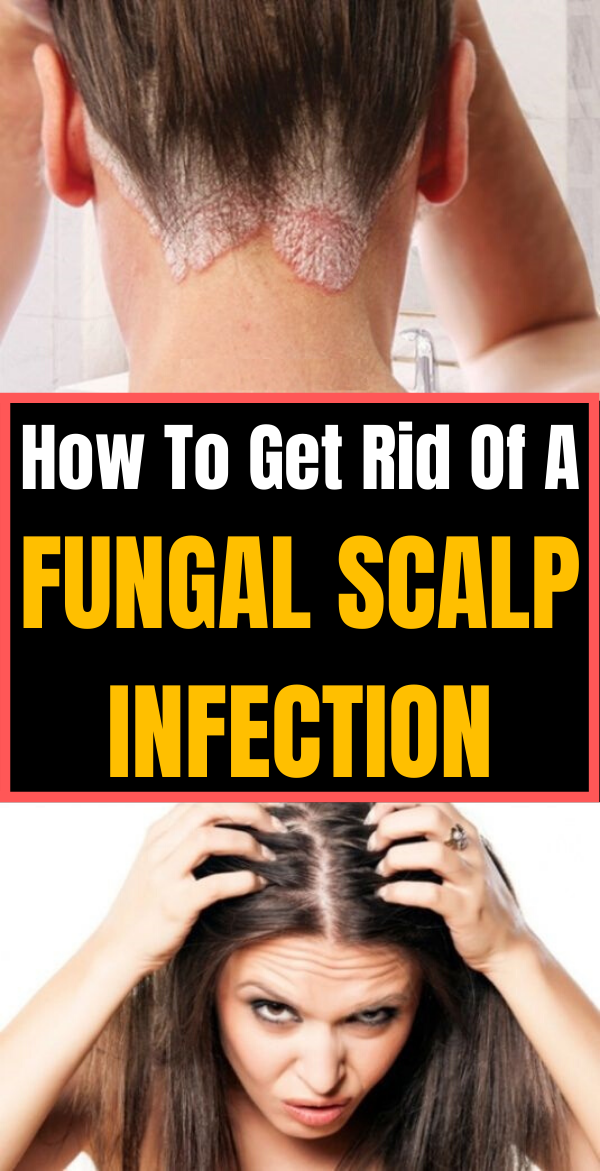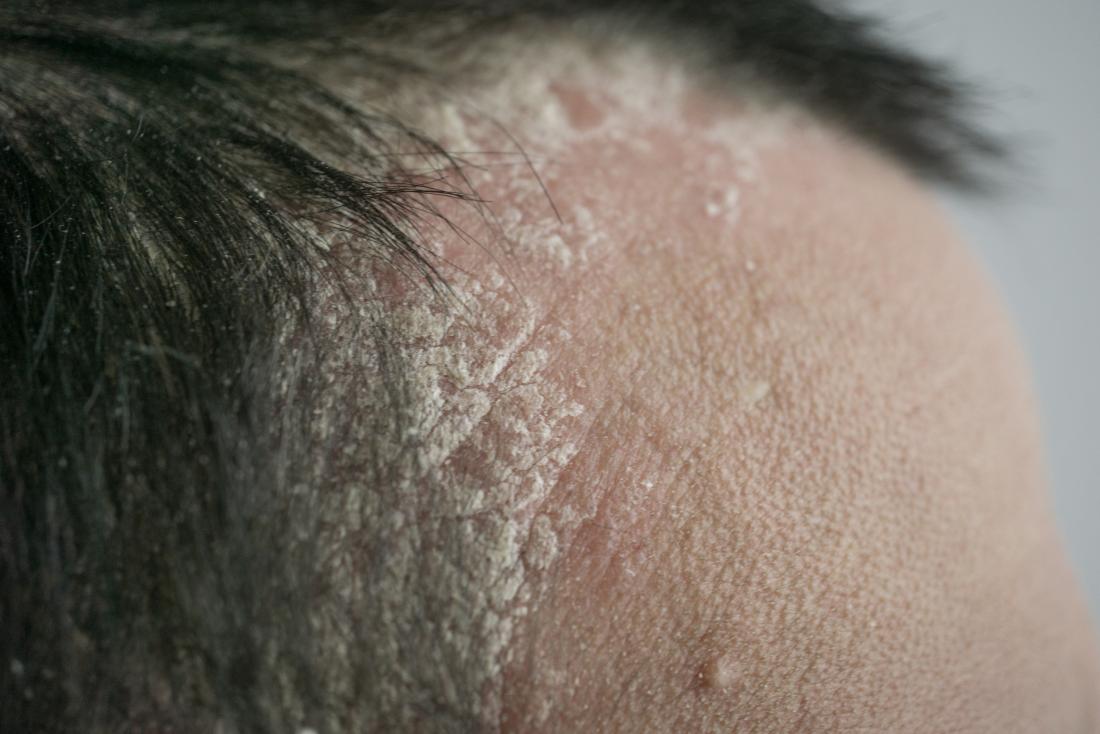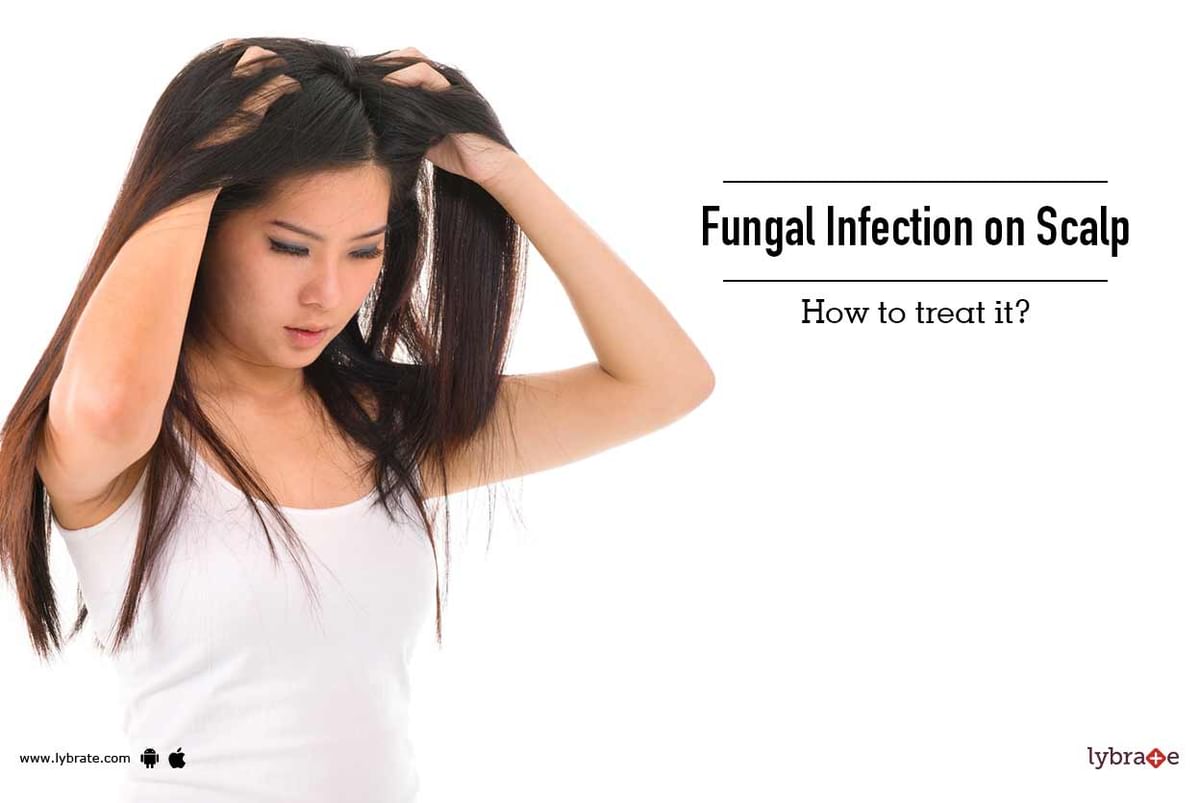Lessons I Learned From Info About How To Treat Scalp Infection

We’ve also explained the effects scalp fungal infections can have on your hair, as well as the most effective options for treating and preventing this type of fungal.
How to treat scalp infection. Tinea capitis is a fungal infection of the scalp, involving both the skin and hair. Keeping your doshas in a balanced state has a significant role in preventing as well as healing your scalp from infections. Home treatment options may include:
However, for others, it is best to work with a. Symptoms of scalp pain. Occasionally, a topical antifungal can be used.
Apple cider vinegar. Treatment is with antifungal medication which is needed for several weeks. One common reason for scalp pain is dermatitis, a skin disorder where the skin comes in contact with a substance that causes it to become inflamed.
Apple cider vinegar has antimicrobial power and can kill fungus. Wearing hairstyles that pull your hair, such as tight ponytails or braids frequently wearing hats shaving your head wearing sports helmets using a lot of hair. Contents overview symptoms and causes diagnosis and tests management and.
The treatment often involves the use of antifungal or antibacterial medications, depending on the nature of the infection. As you know, the skin on our head is quite sensitive and due to the presence of so many hair follicles, it. Symptoms of tinea capitis include hair loss, dry scaly areas,.
An antifungal shampoo is not usually effective alone but may be advised in addition to. Frequently asked questions what are scalp infections? Tinea capitis refers to a ringworm infection that affects the scalp.
Prevention overview ringworm of the scalp (tinea capitis) is a rash caused by a fungal infection. It may look yellow or crusty, ooze pus, feel soft to the touch and cause hair loss. Malnutrition or infection can also cause scalp conditions.
Scalp pain is often very uncomfortable and disconcerting. It usually causes itchy, scaly, bald patches on the head. Scalp pain symptoms can take a variety forms and it is difficult to find at.
The symptoms of tinea capitis include: Localized pustules and red papules. Dove.com has been visited by 100k+ users in the past month
Stress certain medications harsh chemicals in some personal grooming products small cuts on your scalp may also provide an entryway for the fungus to get. A doctor will usually prescribe antifungal tablets to treat. Inflammatory tinea capitis:


:max_bytes(150000):strip_icc()/GettyImages-1282761967-ea17282c8cb44ca68cd230a7819e8516.jpeg)















